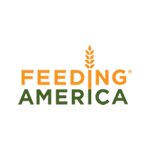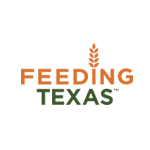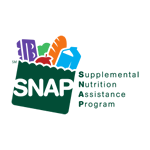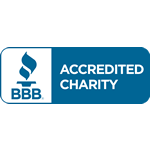News / Insights
Understanding Food Expiration Dates: What You Need to Know
- February 21, 2025
- EPFH
At El Pasoans Fighting Hunger Food Bank, ensuring food safety and quality is at the core of our mission. With thousands of individuals and families depending on us for nutritious meals, we take our responsibility seriously. We are consistently in compliance with audits conducted by local, state, and national government agencies, as well as scoring in the top 10% of our third-party food safety audits. These rigorous evaluations validate that we meet and exceed industry standards in safe food handling, storage, and distribution.
However, one common concern we hear from the community is about food expiration dates—specifically, what they really mean and whether food is still wholesome and safe to eat after the printed date. Understanding food labeling can prevent unnecessary waste and ensure families get the most from the food they receive.
What Do Food Labels Really Mean?
The dates printed on food packaging often lead to confusion. Many people assume that once a product reaches its “Best By” or “Sell By” date, it is no longer safe to eat, but that’s not always the case. Here’s what these common labels actually indicate:
- Best By: This date refers to peak quality rather than food safety. The product may still be safe to eat after this date, but it may not taste as fresh.
- Sell By: This is an instruction for retailers to manage inventory, ensuring that customers get products at their highest quality. It does not indicate when the food becomes unsafe.
- Use By: This is the manufacturer’s recommended date for the best flavor and quality. For some perishable items, this date may indicate when they should be consumed for safety reasons, but for most packaged foods, it is still safe afterward.
At El Pasoans Fighting Hunger, we follow USDA and Feeding America guidelines to determine which products are still safe for distribution. Many foods remain safe well beyond their labeled dates, reducing food waste and ensuring more people have access to the nutrition they need.
How to Tell if Food is Still Safe
Instead of relying solely on date labels, here are some simple ways to check if food is still safe to eat:
- Inspect the packaging – If a package is damaged, swollen, or leaking, the food inside may no longer be safe.
- Check for off smells or colors – Spoiled food often has a strong, unpleasant odor or visible mold.
- Test dry goods – Items like rice, pasta, and canned goods can last well beyond their dates if stored properly in a cool, dry place.
Storage Tips to Reduce Waste
Storing food correctly can extend its shelf life and keep it safe for longer:
- Refrigerate perishable items quickly – Dairy, meat, and cooked foods should be kept at or below 40°F.
- Freeze for long-term storage – Many foods, including bread, cheese, and even some vegetables, can be frozen to extend their usability.
- Use airtight containers – This helps keep dry goods fresh and prevents contamination.
For a detailed guide on storage times, we recommend using the USDA’s FoodKeeper App, which provides accurate food storage information and tips.
Learn More & Get Help
For more food safety information and tips on reducing food waste, visit:
- USDA’s Food Product Dating page: https://www.foodsafety.gov/food-safety-charts
- Download the FoodKeeper App to track the shelf life of your groceries.
Together, we can make sure good food never goes to waste and that every meal makes a difference.
El Pasoans Fighting Hunger Food Bank
…because no one should go hungry
9541 Plaza Circle,
El Paso, TX 79927
(915) 298-0353
Email Us
Tue-Fri:
Office Hours: 8AM - 5PM
Food Distribution: 9AM - 4PM
Sat & Sun: Closed
Mon: Closed
Register To Volunteer
Make a Contribution to/ Haga una contribución Fight Hunger
Your gift will be put to immediate use to provide food for hungry people in our community. Thank you for your support of El Pasoans Fighting Hunger Food Bank.
Su donación ayuda a nuestra comunidad.
Subscribe to our email communications
Get notified on updates, upcoming events and volunteer opportunities
